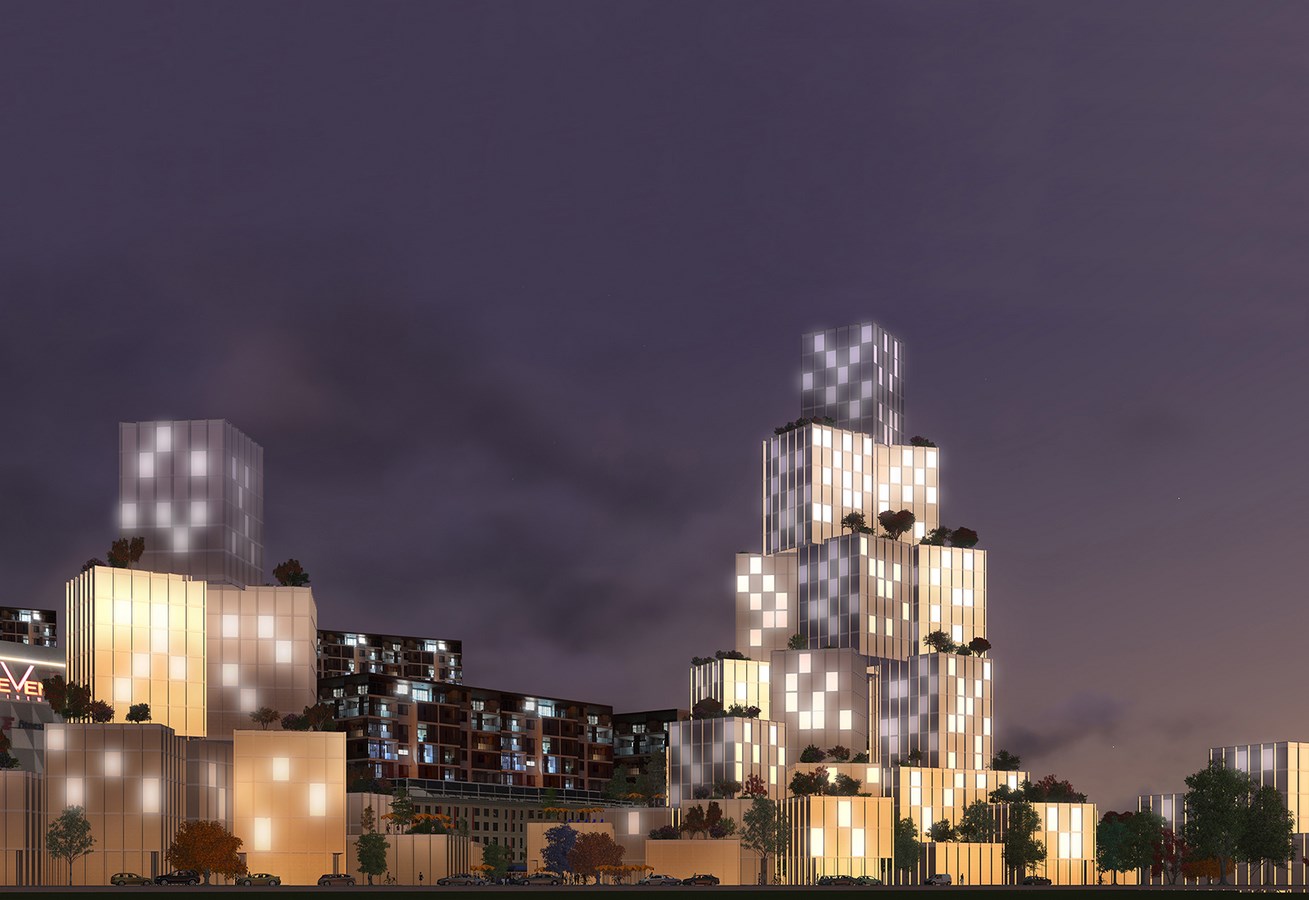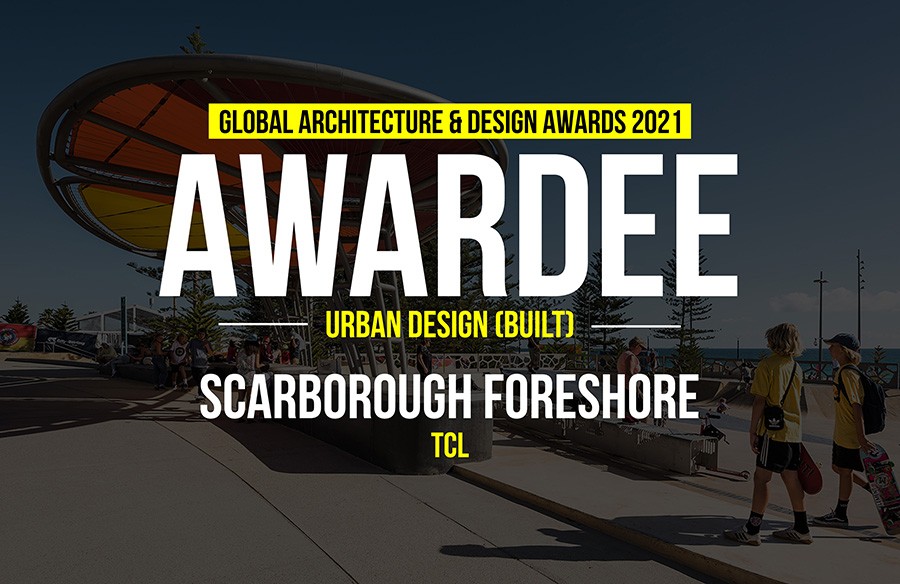The city of Sydney, like other Australian cities, has expanded over the last century following the garden city model of urban development, even though for some decades architects and urban planners have been fully aware of the problems inherent in this model. It is most likely that the arrival of the garden city to Australia was due not so much to its creator, the British urban planner Ebenezer Howard—whose influence could be easily established based on the colonial ties that link the United Kingdom to Australia—but rather to Walter Burley Griffin, who had worked with Frank Lloyd Wright during his Prairie House period, when he won the competition for the new capital Canberra. Until that point, both Australian architecture and urban design followed the models of the dense European city and more specifically the English Victorian model. This has resulted in a city with an extremely dense and even over-saturated centre, surrounded by low density suburbs that extend some 30 km to the north and south and some 70 km to the west. This has led to an excessively low population density, some 400 people per square kilometre, resulting in problems in energy use, travel times, quality of transport infrastructure—which in some places is oversubscribed or insufficient—the lack of urban spaces that generate urban activity, car dependence, and possibly the worst outcome, the emergence of several generations of citizens who are not sufficiently conscious of the defects of this type of urbanism and whose vision of an ideal life revolves around a house with a garden. Making matters worse, the division of the metropolitan area into several dozen town councils, with independent urban planning departments, hinders the creation of a global vision and plan for the city.
LOCATION: Australia, Sydney, Ryde
YEAR:2016
STATUS: Competition
PROGRAM: Mixed Use (66.000m²)

The only noteworthy changes from this model begin to emerge in the 1970’s, although there were some earlier examples. The standard detached single family dwellings were replaced—sometimes in entire neighbourhoods, sometimes in single structures—by small detached residential buildings of three to five stories. It is almost as if the single family dwellings had been scaled up in size, the urban structure remained the same, but with increased density. The fabric continues to be solely residential, deprived of the activities that could generate urban life, and so the problems noted above not only remain unresolved, but actually increase, in particular those related to congestion of traffic flows. In parallel to this, “greenness” has become the main focus for some city officials, who measure sustainability and urban quality only on the basis of the amount of vegetation surrounding each building.

This is the general pattern throughout the city, with the exception of the financial district and some areas where the urban model that existed before the arrival of the garden city has endured, with city block , corridor street (rue corridor), two to three storey structures, and in some cases, shops on the ground floor.

The site is located in the centre of one of the multiple suburbs that surround the city. In the same way as almost all of the outlying suburbs, it has a small town centre, of only one or two blocks, which has become much more dense in recent decades. It is comprised of a large shopping centre, some facilities and high-rise residential buildings. The shopping centre emerges as the only node that can generate urban activity, the symbol of late capitalist urbanism. This area is surrounded by a large exclusively residential urban fabric, containing single family dwellings and the previously described small residential blocks of three to five stories. To quote Koolhaas, the perimeter becomes relative and the city can be found everywhere and nowhere at the same time.

The competition rules asked for a complex up of up to 66,000 m2—without including parking—that would include offices, dwellings, shops, cultural and multi-functional spaces, and a public square. The triangular site was located between the dense commercial centre and the low-scale residential areas. There were no height restrictions.
After this analysis, we established that it was necessary to address three problems: (1) The connection between two completely different urban typologies: On the one hand, the heavy, inert and overwhelming volume of the shopping centre, along with its adjoining residential high-rise towers, and on the other, the sprawl of single family dwellings; (2) the high density required by the competition rules; (3) the irregular geometry of the site.

The project examines the tension between repetition and uniqueness, between sameness and diversity, that is to say, using similar elements to create different environments. Starting from an element as simple as a cube, and by using repetition, we were able to create a design that embodied diversity, dynamism, differentiation, and spontaneity. The result is a composition in “crescendo” of various heights, arranged in a subtle and irregular grouping that cannot be defined by a conventional form, and arranged to maximize views to the exterior, producing new and interesting viewing points.
Instead of creating a structure of detached tower blocks, this intervention is designed as a structure of interconnected, fragmented, and articulated volumes, which act as a transition between the two aforementioned urban scales as well as attenuating the impact of the high level of required density.

The large square in the centre of the project creates a large public space that acts a focus for the location’s circulation routes and activities, with opportunities for social interaction.

Rubén Hernández
Rubén Hernández was born in Gijón, Spain, in 1984. He studied architecture at the Higher Technical College of Architecture of La Coruña (Spain). During that time he received an honourable mention in the 17th Iberian Competition for Solutions in Pladur in 2006 and 1st local prize in the 18th Iberian Competition for Solutions in Pladur in 2007. After graduating he won a Scholarship from the Caja de Arquitectos Foundation to work in Rafael Moneo’s office, where he was employed for five years. He subsequently expanded his professional experience in Sydney (Australia). In 2017 he founded FolieCity.





